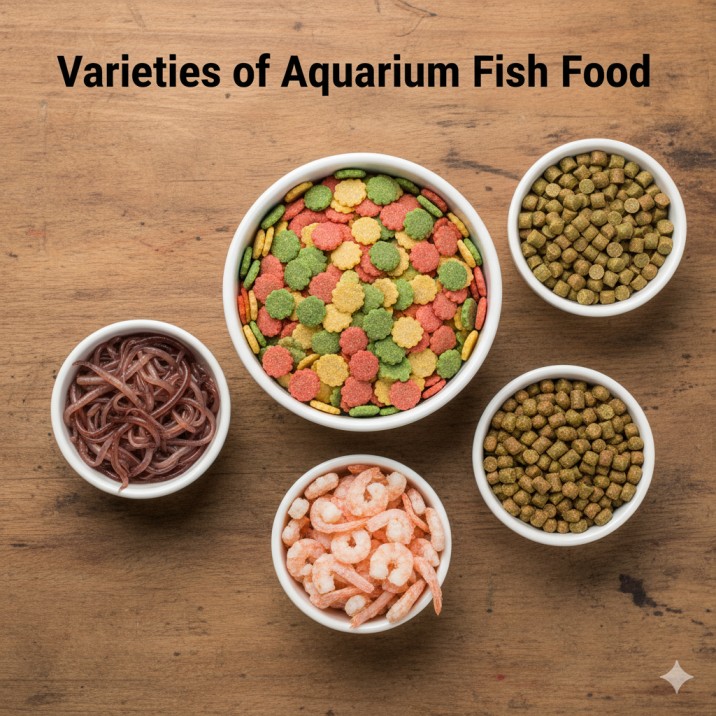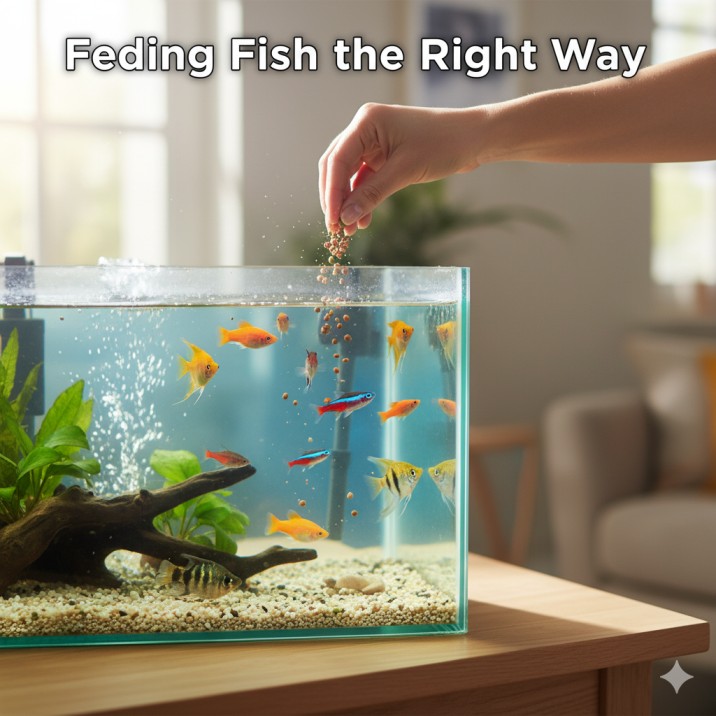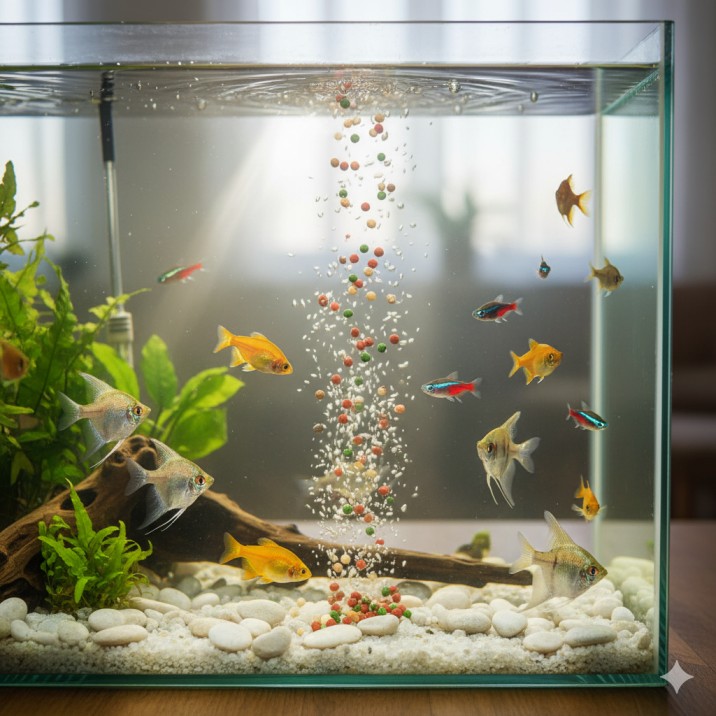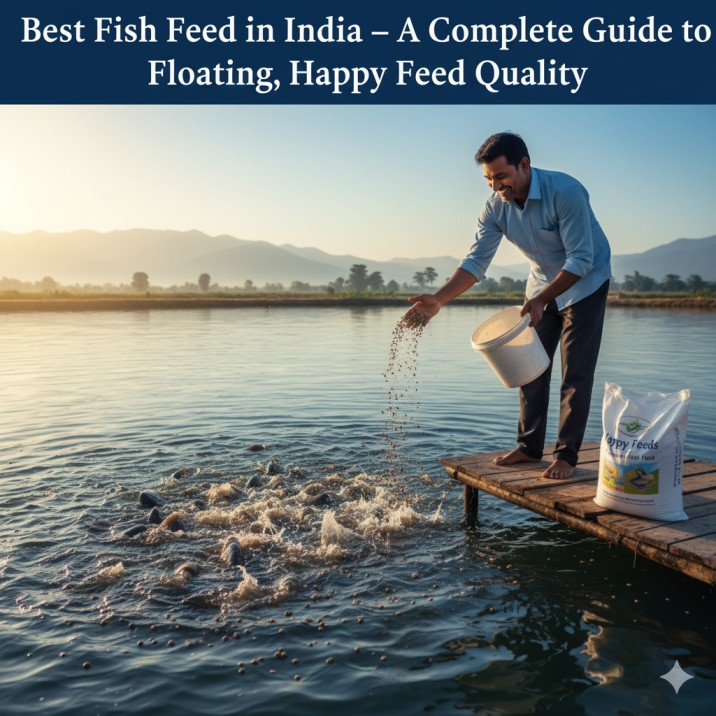Feeding your fish might seem simple — just sprinkle some flakes and watch them eat. But if you truly want your fish to grow faster, stay healthy, and live longer, understanding what fish eat is essential. Whether you’re raising ornamental fish in an aquarium or managing a commercial pond, the right fish feed makes all the difference.
Understanding What Fish Eat Naturally
In the wild, fish eat a variety of foods depending on their species, size, and environment. Some are carnivorous, feeding on insects, smaller fish, and crustaceans, while others are herbivorous, grazing on plants and algae. Most common fish species, however, are omnivores, enjoying a mix of both.
Here’s a breakdown of what fish eat naturally:
- Carnivorous fish: worms, shrimp, small fish, and insects
- Herbivorous fish: algae, plankton, and aquatic plants
- Omnivorous fish: a combination of animal protein and plant matter
Understanding this helps in choosing the right aquarium fish food or floating fish feed that mimics their natural diet and supports healthy growth.

Types of Aquarium Fish Food and Their Benefits
If you own an aquarium, feeding is more than a routine — it’s a science. The right aquarium fish feed ensures balanced nutrition and cleaner water, preventing diseases caused by overfeeding or poor-quality pellets.
1. Fish Food Flakes
Best suited for small to medium fish. Flakes float on the surface, making them ideal for top feeders like guppies and tetras.
2. Fish Food Pellets
These are compact and nutrient-rich, perfect for larger or mid-level feeders. Floating fish feed pellets also make it easier to monitor how much your fish eat.
3. Live Fish Food
Includes brine shrimp, worms, and daphnia — all excellent sources of natural protein that stimulate appetite and activity.
4. Frozen & Freeze-Dried Foods
Safe and convenient alternatives to live food. They retain nutrients while eliminating parasites.
5. Specialized Aquarium Feeds
For premium species like salmon, shrimp, or ornamental fish, specialized feeds (like Growel Fish Feed, CP Fish Feed, or Abis Fish Feed) are designed for faster growth, better color, and immune health.
Choosing the Best Fish Feed for Growth and Health
The best fish feed depends on your goals — growth, color enhancement, or breeding. When selecting feed:
- Check protein content (30–40% for most fish)
- Ensure it includes essential fatty acids, vitamins, and minerals
- Pick high-quality brands like Happy Feed, Grovel Fish Feed, or Aquafeed for guaranteed nutritional value
If you’re looking for reliable options, explore our product page:
👉 Happy Feeds Fish Feed Collection
How Often Should You Feed Fish?

Feeding frequency matters just as much as the feed itself. Most aquarium fish thrive on 2–3 small feedings per day. Overfeeding can lead to:
- Cloudy water
- Algae growth
- Digestive problems
Use a fish feeding chart or follow manufacturer instructions to maintain consistency. For pond or commercial fish, consult guides like:
👉 Fish Feed Best Practices & Feeding Chart
Cost and Quality: Understanding Fish Feed Price
Fish feed price varies based on ingredients, brand, and feed type.
- Basic feed flakes: ₹150–₹300 per kg
- Premium floating fish feed: ₹500–₹900 per kg
- Specialized shrimp feed: ₹800–₹1200 per kg
Investing in a good-quality feed like Happy Feed ensures higher survival rates, better color, and faster growth, ultimately reducing long-term costs.
Why Quality Feed Matters
Using poor-quality or cheap feed might seem economical, but it can:
- Lower fish immunity
- Increase water pollution
- Slow down growth
High-quality feeds, on the other hand, are nutritionally balanced, easily digestible, and environmentally friendly.
Brands like Happy Feed and Growel Fish Feed are trusted for their superior formulations developed through aquaculture research.
Tips for Feeding and Growing Fish Faster
To maximize growth and maintain fish health:
- Choose feed based on species (floating, sinking, or slow-sinking pellets).
- Maintain clean water conditions with regular filtration.
- Feed small quantities multiple times instead of one large meal.
- Store feed properly to avoid nutrient loss.
- Use feed food machines or automatic feeders for consistency.
For more guidance, explore our expert guide:
👉 Fish Feed – The Complete Guide to Feeding and Growing Fish Faster
Final Thoughts
Feeding fish is not just about giving food — it’s about nourishing life underwater. Whether you’re maintaining an aquarium or managing a commercial pond, choosing the right fish feed ensures thriving fish, clean tanks, and sustainable growth.
At Happy Feeds, we combine nutrition, science, and quality to deliver India’s most trusted floating fish feed and aquarium fish food.
Ready to make your fish happier and healthier?
👉 Visit Happy Feeds Now
Common Questions About Fish Feeding
🐠 What is the best food for aquarium fish?
High-quality aquarium fish food containing proteins, vitamins, and minerals is best. Look for pellet-based feeds or flakes designed for your fish species.
🐟 Can I feed my fish homemade food?
Yes, you can prepare fish food using boiled vegetables, shrimp, or egg yolk, but ensure it’s balanced. For daily use, commercial fish feed offers consistent nutrition.
🌿 What do baby fish eat?
They require fine powdered feed or infusoria that’s easy to digest. Some aquafeed brands offer starter formulations for fry growth.
💧 How to choose fish feed near me?
Look for reliable suppliers like Happy Feeds India or check fish feed online stores for delivery options. Always verify freshness and brand reputation.




